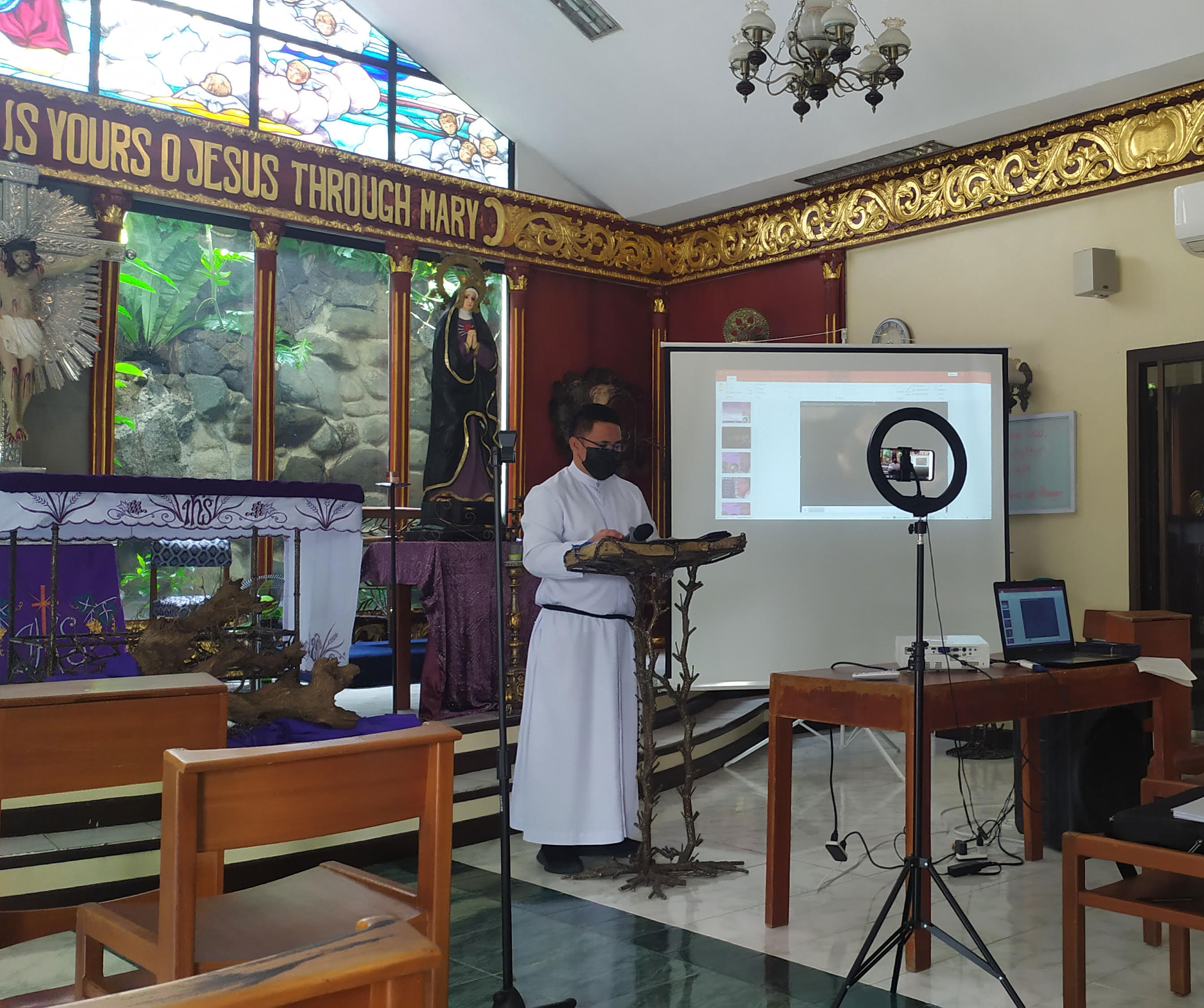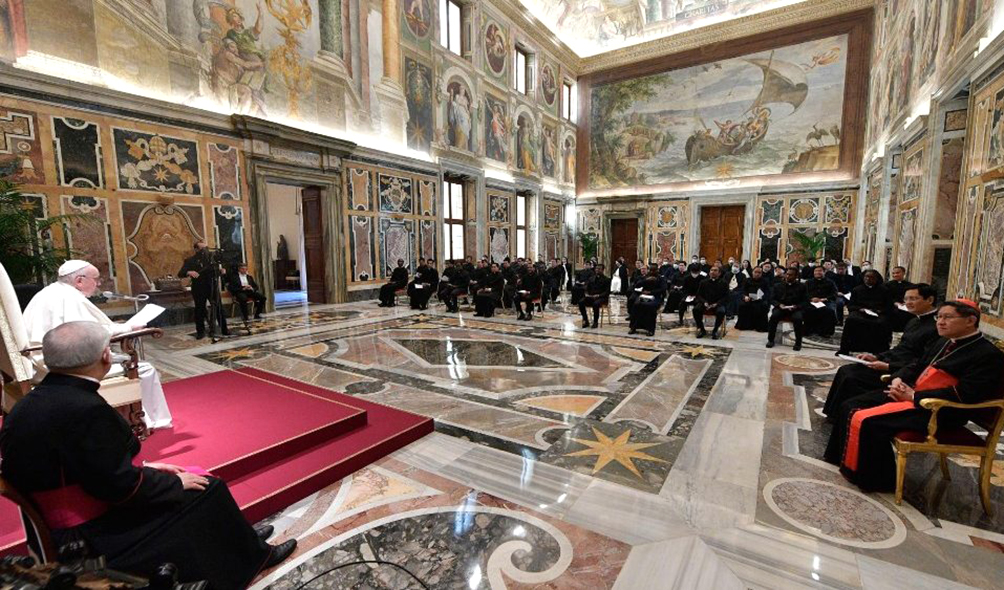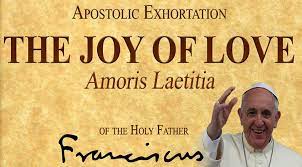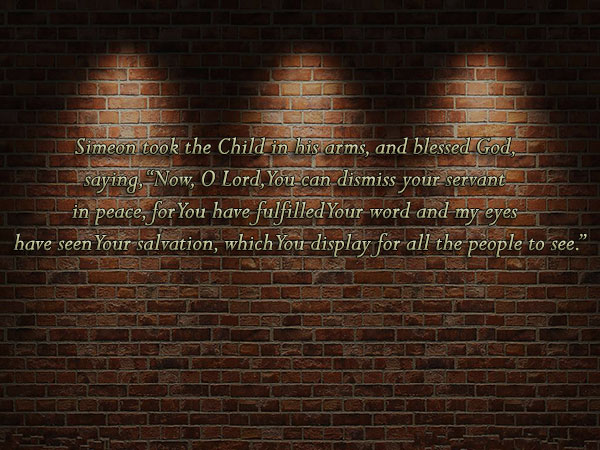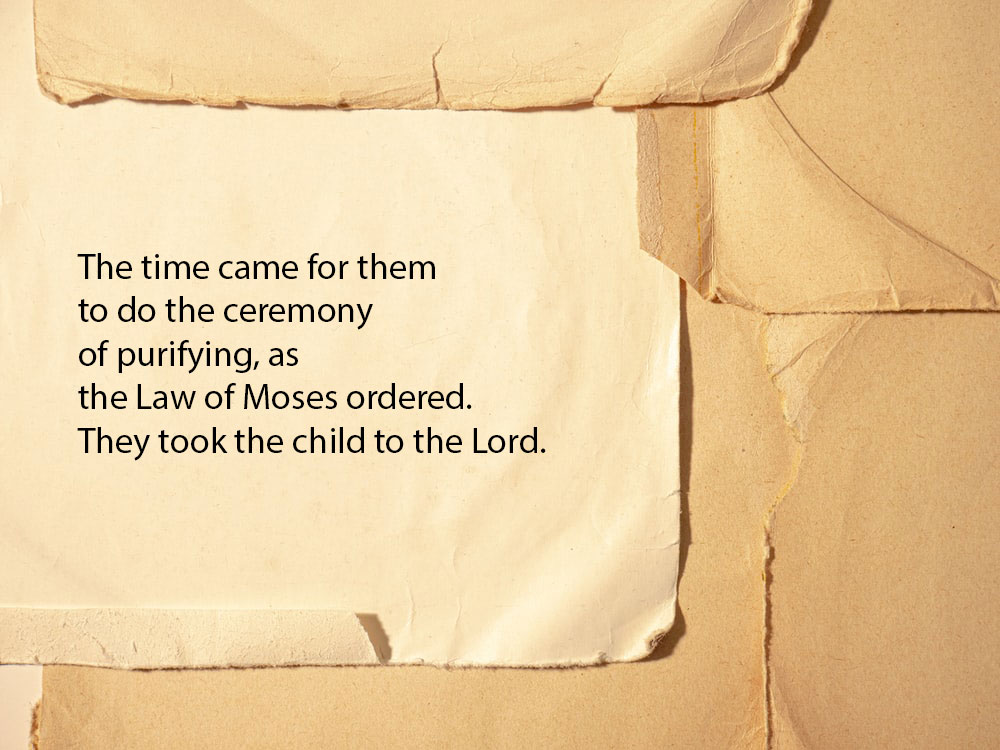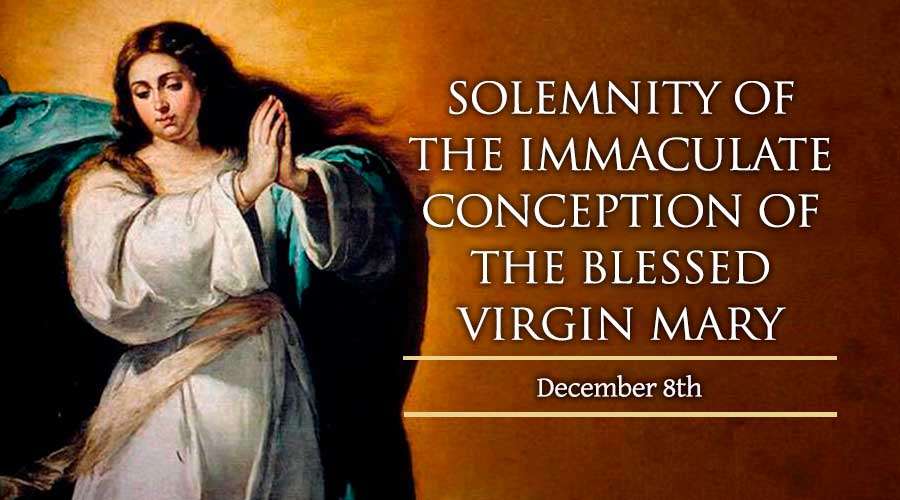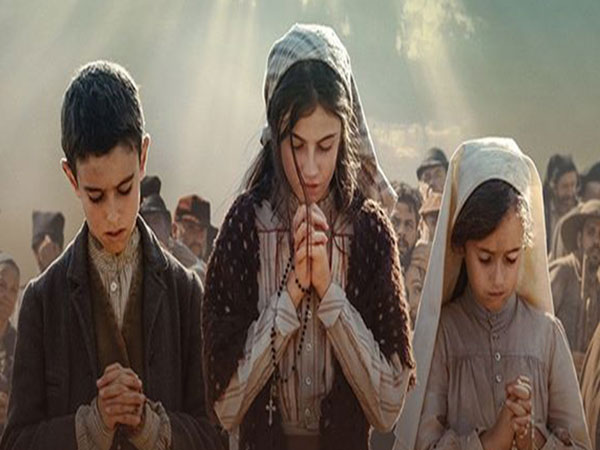
FR. FED, USUALLY chatty, was austere with his morning greeting and the more important task of introducing the recollection speaker. I intuited instantly his hidden agenda. More so when he read out the theme of the talk, “Ala eh, sinsay muna’t makatagay!” He didn’t want to conjecture and preferred for the speaker to say what he meant. I had no idea if that tickled the curiosity of non-Batangueños in the audience because it did mine. I’m familiar myself with the region’s dialect but “sinsay” was greatly Greek to me. Instantly, I knew I was going to relish the recollection.
The video accompanying the prayer put the small gathering in expectant perspective, because it translated the “makatagay” portion “Can you drink the cup?” of the teaser.
It was furthered by the Gospel of the mother’s request (Matthew 20:20-23) for her two sons to sit on the left and right hands of Jesus. Then he gave the assembly light by leading the “Hail Mary.”
We all have a reason for being and living, began his statement, which was unerringly encompassing, and the next question, “What was Jesus’?” did not need an answer because it was supplied by the song-projection “Everything I Do.” Having posited the preamble appropriately, the film “Passion of the Christ” rolled on to accompany his locally colorful presentation.
We have a truly fast-paced life, he observed, referring to his 4th Scholastic year, making him appear, like many of us, in a hurry. It happens to everybody, he continued, like what Bishop said about people rushing to avail themselves of “ayuda” for their “gutom.” But it is only the hungry or unloved who are apparently in a hurry. For the one who loves does not hurry, according to St. Paul, who also said that we forget and don’t feel what’s real unless we stop, like the mother in the Gospel and her two sons. So we have to wait, slow down, exactly like “sinsay,” his dialect’s translation for “pause,” seemingly simple to the first-time ear but pregnant with possibilities to the incurably curious like me. Thus, he recalled his childhood in Batangas with his father and his father’s fiends, where he heard – and learned – the nuances associated with the simplicity, nay, profundity, of the word. Reflecting, he enumerated the attendant acts “sinsay” spawns, three age-old practices he grew up with, watching his dad and his buddies as they barik (local term for the verb drink), bond and build, “sinsay” serving as a catalyst or an invite to building relationships. It is a given, of course, that the “yes” or “no” of the invited is according to mutual inclination. Making the expected assent another awesome given.
It greatly helped that Bro Lester was to the “boondocks” born. He didn’t need to imitate the “ala-e” accent because he was so natural so that his verbal essay brought back memories of my adventures in the region when I was sowing my bachelor, barik-thirsty oats. I got to inflecting the accent so well no one suspected I wasn’t a native.
Moving on, Bro Lester likened the readiness to “sinsay” and “tagay” to an expectant resurrection of/with the Lord. When they were young, he was witness to his father’s circle of friends, the circular gin and the circuitous, interminable stories and laughter (kwentawanan) that always accompanied their ritual. Unlike Jesus’ question to the two disciples if they can drink the cup and/or suffering the hypothesis posed, what follows “sinsay” is not a question but a continuation of the invitation. As though, looking at the Cross, at Jesus suffering to this day, we ought to ask ourselves, “Titikim ga laang tayo?” (Are we just gonna sip?)
Addressing his audience, Bro Lester demanded, “Don’t tell me you are giving up cake, crispy pata, anger, relationships! Only then can we drink from His cup. It is only when we hold (hawak), raise (taas), and drink (tagay) can we lay claim to or hold life. And he quoted Cardinal Henry Newman who said, “I shall drink to the Pope, yes, but only after I have drunk to conscience.” Which meant that we wear no mask when we drink to life. We do not look only at the sunny side and deny the dark. We lift/share openness, hold no secrets, to achieve solid-arity, we give joy and service to others, to vulnerability because we’ve been vulnerable before. And give a whole new meaning to libation, no judgment even when crying (as he saw some of his father’s friends do), just joy in comradeship, to drink/love in trust, no doubt in the drink, to be emptied that it may be filled up again, like Jesus fulfilled on the Cross after drinking the bitter cup. Are we ready? he asked.
No wonder I was the only one applauding when he seemed to have ended what was only part 1 of his Talk. I no longer did when part 2 finished and explained to him why.
So on he went with the second part by acknowledging his mother as the cook that did the bar chows (pulutan), for his Dad and his cohorts. Standing by for their needs, as Mary stood by Jesus all the way to the Cross, like Montfort cannot talk of Jesus without Mary. She knew Christ will resurrect, her suffering along with it, is why she endured everything, for love. This was his cue to mention the song “Sana’y Wala nang Wakas,” which was another cue for someone in the audience to shout “Sample.” I’m not sure if Bro Lester meant that as a prop for suffering but he said that, in relation to Mary’s being a mother, the best gift his Mom received was when she took care of him. He revisited suffering by saying that, in the intensity of our own, let us think of Mary. The Holy Week asks us to pause that we may hold, lift and drink from Jesus’ cup. Shall we?
